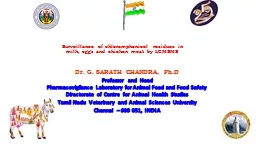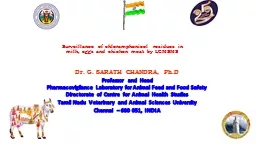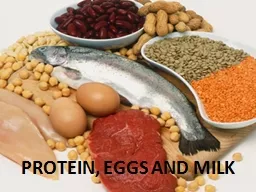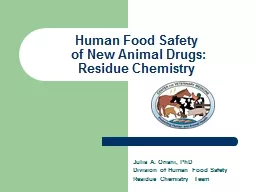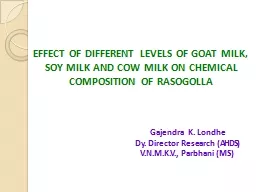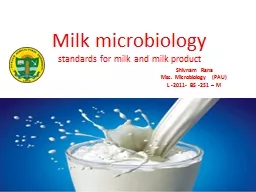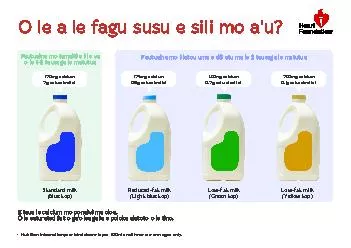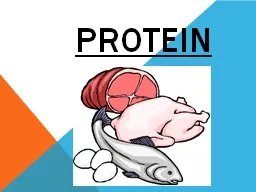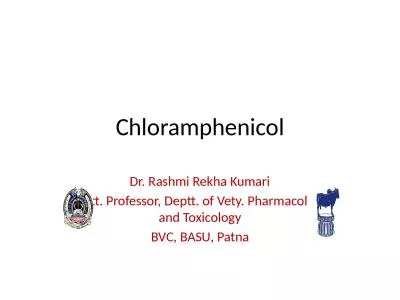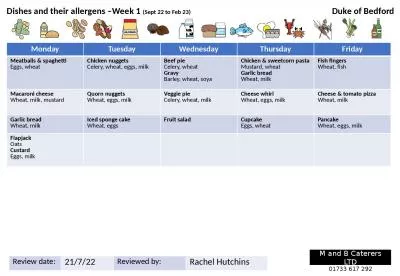PPT- Surveillance of chloramphenicol residues in milk, eggs a
Author : giovanna-bartolotta | Published Date : 2016-11-19
Dr G SARATH CHANDRA PhD Professor and Head Pharmacovigilance Laboratory for Animal Feed and Food Safety Directorate of Centre for Animal Health Studies Tamil Nadu
Presentation Embed Code
Download Presentation
Download Presentation The PPT/PDF document " Surveillance of chloramphenicol resid..." is the property of its rightful owner. Permission is granted to download and print the materials on this website for personal, non-commercial use only, and to display it on your personal computer provided you do not modify the materials and that you retain all copyright notices contained in the materials. By downloading content from our website, you accept the terms of this agreement.
Surveillance of chloramphenicol residues in milk, eggs a: Transcript
Download Rules Of Document
" Surveillance of chloramphenicol residues in milk, eggs a"The content belongs to its owner. You may download and print it for personal use, without modification, and keep all copyright notices. By downloading, you agree to these terms.
Related Documents

